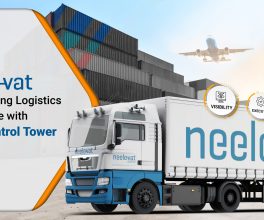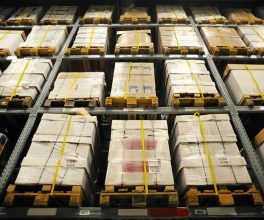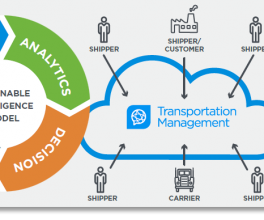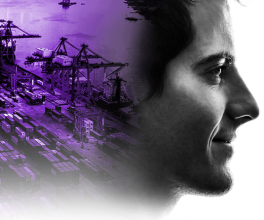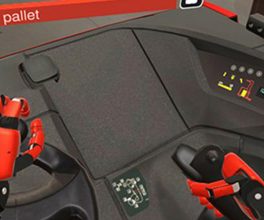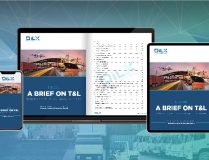In logistics, it’s all about goods? One might think so. But it is way more than that. It is about people and resources. This blog demonstrates it with absolute clarity: The success of transportation and logistics operators depends decisively on the quality and qualifications of its employees. It is likely that this prerequisite will not decrease, but increase in the future. Considering that, exactly this requirement for success already causes difficulties today. Qualified personnel determines the factors for the success and survival not only of companies but also of entire supply chains.
Many young individuals, managers, and decision-makers do not consider the industry to be attractive enough to apply for a position in it. That is bad news. The good news is – every company whose managers are capable of remedying this existence-threatening situation, simultaneously open the door to the future. One important way to do so is through ‘employer branding’. For small and mid-sized enterprises, building a ‘recruiting alliance’ with peers can also have a major impact. Successfully handling the future entails things, which are weakly developed today, namely, adequate future awareness in the executive rankings, or implementation and regular use of techniques and tools of corporate foresight.
Thriving in the World of Supply Chain Skill-Set Catastrophe
We live in times of terrible catastrophes and surprising structural breakdowns. The world is spinning faster than ten years ago. The race is on! Good employees aren’t just a commodity anymore; they’ve become an insufficient resource. A company’s workforce is more than a certain ‘headcount’ or number of ‘full-time equivalents’. It’s made up of people with a wide range of technical and soft skills and unique perspectives on their work and their employer. Diversity is increasing, with employees of different ages, genders and cultural backgrounds working together. That’s a welcome development because mixed teams often perform better.
The starting position of transportation and logistics companies couldn’t be better. They can offer their staff varied types of work, often in an international and cosmopolitan working environment. That should translate into popularity with job seekers. But the reality is somewhat different.
The transportation and logistics industry are confronted with an image that’s less than ideal. Work in warehouses, on ships or in trucks and trains tends to be associated with unpleasant working conditions and a less than attractive career path. The next generation of talent isn’t just concerned with salary and career development, they want to work for a company with strong values too. We need to mull over a few questions given below:
- Will sector companies nonetheless succeed in capitalizing on their advantages and winning the best employees?
- Will they be able to build a strong employer brand?
- Will transportation and logistics companies be able to inspire them?
- How will they improve their recruiting, compensation and development strategies?
To get some answers, I’ve put together a holistic scenario.
Will transportation and logistics executives be standing in the winner’s circle by 2025? – this paper by PWC local offers suggestions on how transportation and logistics companies can position themselves. One thing is clear: the race is a marathon, not a sprint. Talent management will need to be at the top of the agenda for transportation and logistics leaders for decades to come.
Studying this paper will help you get off to a running start in your company’s own race for talent.
Current Scenario:
The factor with the greatest impact on the talent shortage is changing job requirements. Today, an ideal employee has both tactical/operational expertise and professional competencies such as analytical skills. More than 50% of companies say this combination is hard to find. But tomorrow’s talent must also excel at leadership, strategic thinking, innovation and high-level analytic capabilities.
Most companies say “perceived lack of opportunity for career growth” and “perceived status of supply chain as a profession” as having a high or very high impact on their ability to find, attract and retain talent.
From the viewpoint of a few companies, supply chain is as important as other disciplines. In contrast, most companies see supply chain talent’s value in a situational context – i.e., either a commodity or corporate asset, depending on the level and position.
Leading companies are working on the shortage problem. They are taking steps to create more robust talent pipelines, and develop their supply chain workforce – through a clear career path, education, cultural adaptation, talent development partnerships, and other means.
Take a look at some Talent Management Myths
- Talent management is HR’s responsibility
- Talent can neither be measured nor managed
- We cannot afford to spend on talent recruitment and development
- Talent development is primarily about teaching supply chain content
- A one-size-fits-all solution will work for talent development. Internal (or external) resources are always better
- Talent development will happen naturally and informally
We are so far behind that we should give up now. In order to provide a broad perspective on supply chain talent development, we focused on below mentioned categories of talent management:
Specific supply chain strategies are influenced by external parameters, business plan strategies and performance expectation as tactical supply chain strategies. (External parameters force to drive corporate-level business plans while performance strategies are shaped by business plan strategies)
Top External Parameters
- Changing oil/Raw material prices
- Government Regulatory Changes
- Increased competition from established competitors
- Spot shortages of key raw materials
- Changing customer requirements
Business Vision
- Achieve high service quality
- Reduce the cost of purchased/goods services
- Reduce internal costs
- Realize synergies across divisions/SBUs
- Improve flexibility and responsiveness to customer demand
Tactical Supply Chain Strategies
- Achieve consistent cost savings from suppliers
- Ensure continuity of supply
- Improve the efficiency of the supply management function
- Improve all aspects of supplier performance year-over-year
- Acquire new value-adding technologies & innovations
Specific Supply-Chain Strategies
- Align supply-chain management with overall company goals
- Decrease the number of suppliers where leverage and admin efficiency are needed
- Employ a formal process to develop and manage supply strategies for important categories across organization
- Align supply chain management strategy with internal customer strategies
- Integrate business planning & supply chain management process
- Recruit and/or develop talent with specific technical or functional expertise
- Recruit and/or develop talent with broad general management expertise
- Use total costs to drive decisions
- Share supply chain market intelligence across units of the organization
- Use multi-factor performance standards on suppliers
Opportunities:
What can transportation and logistics companies do to address talent issues and improve their human resource management and strategy?
Here are some of the suggested activities distributed under six key topics:
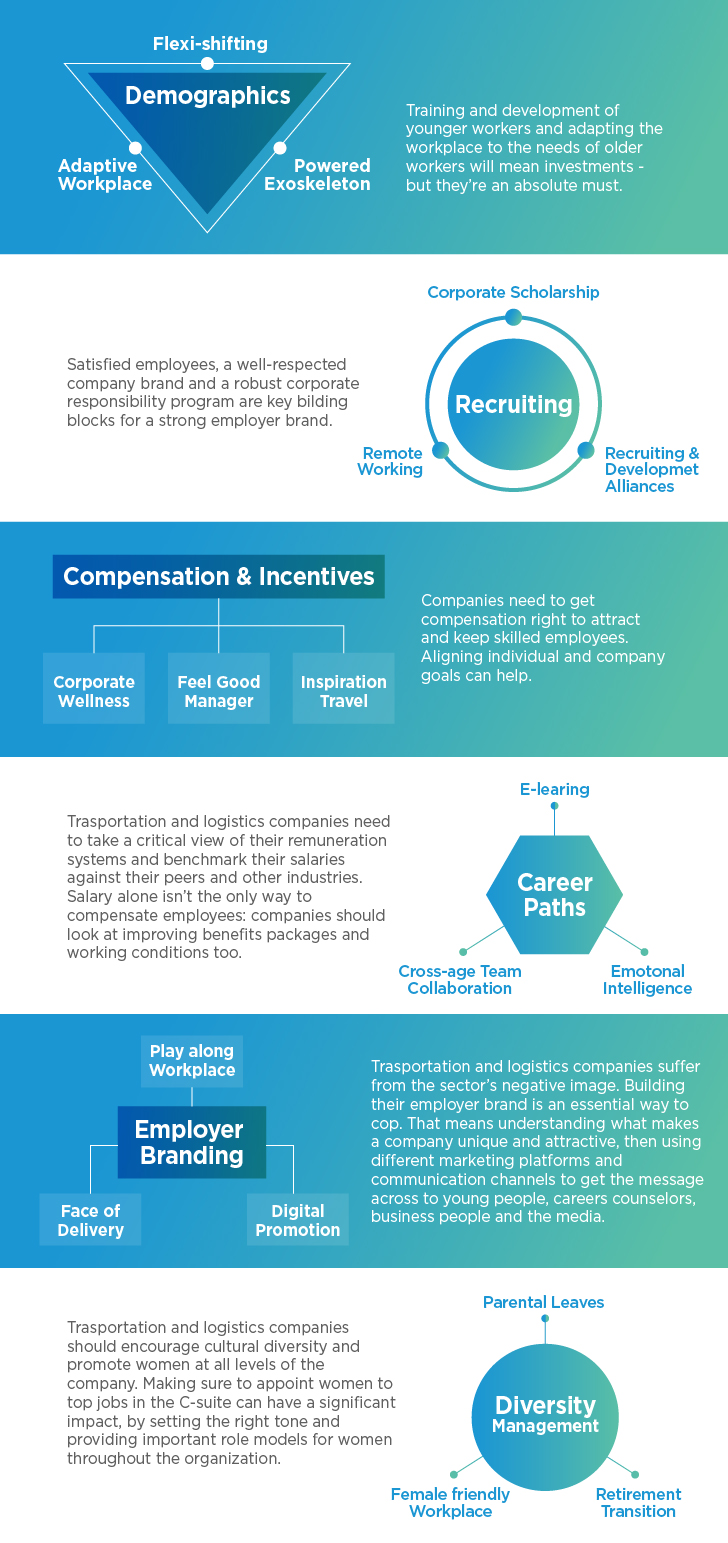
Take a look at some of the traits that a Future Supply Chain Management Professional must have
- Proactiveness: Understand changes outside traditional supply management function
- Integrator: Balance needs both vertically & horizontally
- Core Focus: Cost-efficiency from supply chain function
- Learn & Share: Capture and utilize Supply chain related knowledge base

